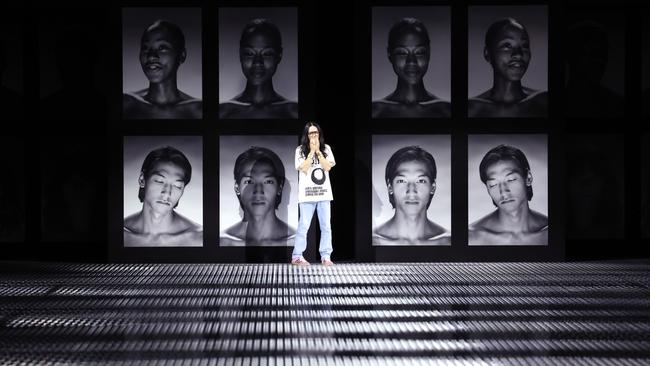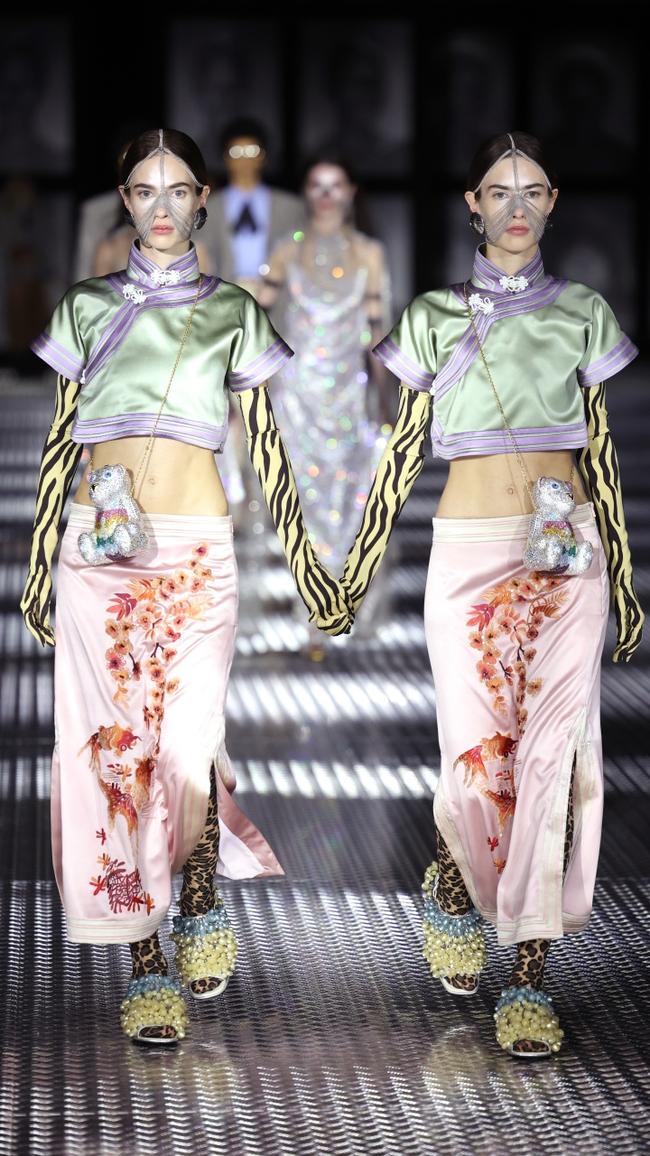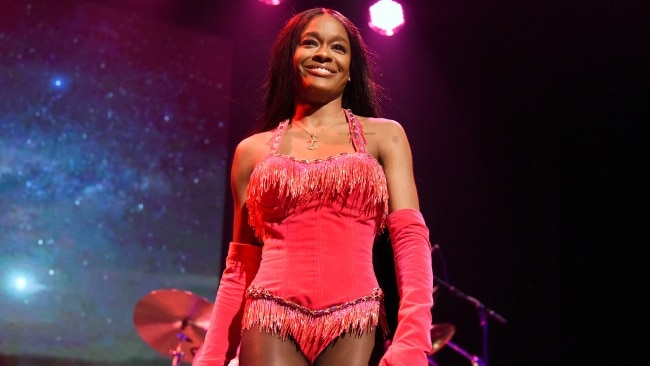'The end of an era': Alessandro Michele steps down from Gucci
Michele, praised for forging the path of young shoppers to enter the luxury fashion market, will leave his post as Gucci's creative chief as a period of rapid growth peters out.

Alessandro Michele, praised for forging the path of young shoppers to enter the luxury fashion market, will leave his post at the fashion house as a period of rapid growth peters out.
Alessandro Michele, whose eccentric designs reinvigorated Gucci, is stepping down as creative director of the Italian luxury brand as a period of rapid growth peters out.
Parent company Kering SA said in a statement late Wednesday that Michele was leaving his post at the fashion house having “played a fundamental part in making the brand what it is today.” The company said Gucci’s design office would continue to carry the direction of the house forward until a new creative organisation is announced. Michele is stepping down immediately, a Kering spokesperson said.
Kering didn’t give a reason for Michele’s departure. In the statement, Michele said that “there are times when paths part ways because of the different perspectives each one of us may have.” The departure of Michele comes as Gucci tries to adopt some subtler designs that endure across fashion seasons.
Since taking the creative lead of Gucci in 2015, Michele’s flamboyant designs were roundly praised by critics and scooped up by droves of younger shoppers from New York to Beijing, sparking a run of remarkable growth for the brand.

However, in recent years Gucci’s sales growth has lagged behind some major rivals like Louis Vuitton and Dior appeal more to older, wealthier consumers who seek out products that are unlikely to go out of style. That trend was exacerbated by the pandemic because of Gucci’s heavy reliance on tourist shoppers from Asia.
After Michele’s seven-year stint, Gucci is suffering from brand fatigue, said Bernstein analyst Luca Solca. “It needs to open a new creative chapter,” he said.
Still, the departure of Michele, 49, marks the end of an era for the industry. When he took the creative director job in 2015 the famous double-GG marque had gone cold after years of overreliance on the logo and overexpansion into lower-price bags and accessories.
Michele, who first joined Gucci in 2002 to design bags, was little-known at the time and his appointment was seen by some analysts as a risk. But the Italian soon rolled out an instantly recognisable look and his use of pop culture logos quickly made his designs a favourite of fashion-savvy Instagram users. Fashion shows became spectacles that generated huge buzz on social media.
Gucci went on a tear, with the brand’s annual revenue more than doubling during Michele’s first four years to reach EUR8.3 billion in 2018, currently equivalent to about AUD$12.7 billion.

From 2019, however, growth at Gucci slowed substantially, hurt in part by controversy over a sweater that critics likened to blackface. The pandemic then largely locked down international travel, pressuring the brand’s sales to well-heeled shoppers who splurged abroad.
In the most recent quarter, sales growth at Gucci lagged behind its key competitors while its business in China has yet to rebound.
That is a headache for the parent, Kering, where the Gucci brand accounts for the lion’s share of sales and profit. In June, Kering detailed to investors its strategy for Gucci aimed at sparking the next phase of growth. It recruited a former Tiffany’s executive to run the brand’s Chinese business and named a new executive vice president to oversee merchandising.
Paris-based Kering has in recent years successfully steered its stable of brands to capture the spirit of the times, mixing pop culture with more traditional luxury. Balenciaga has taken the U.S. by storm under the creative direction of Demna, its mononymic Georgian designer, while rising sales at Saint Laurent and Bottega Veneta also have helped the company offset slowing growth at Gucci.
Read more fashion content from The Oz:


